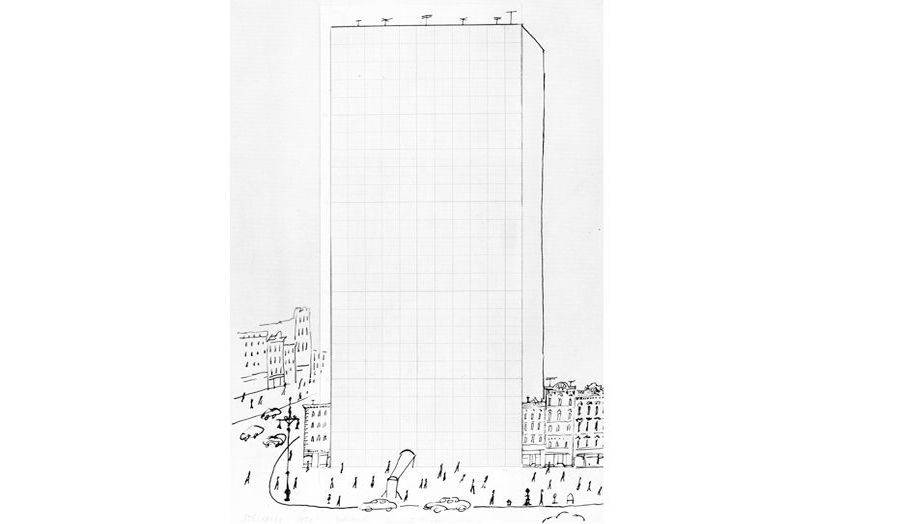Unit Brief
Tower
The tower is at once one of the most exciting and problematic architectural and urban types.
As a consequence of sheer scale and capacity the tower is inherently metropolitan, and yet this potential has become increasingly flattened to superficial gestures of surface and form, diagrammatic exercises in programmatic complexity, or pseudo-efficient acts of ‘rapid’ urbanisation. While the tower has always been deployed as an expression of socio-political, corporate or technical progress its spatial and experiential potential across scales has largely been ignored in recent architectural discourse.
We will be exploring architectural strategies that bring the tower close to the city; with decorum and intimacy.
We will continue to work between São Paulo and London in order to explore the latent opportunities for publicness and generosity possible within an increasingly prevalent tower / plinth urbanism. The unit will be examining the tower as an architectural project shaped by the specifics of the situation in which it is located. We are interested in devising projects that interact with the existing city – seeking ways to engage, negotiate and knit towers into complex situations.
Scales of engagement
The unit will seek to readdress the recent traditions of indifference and impermeability associated with the tower. We will explore how considering the public realm can lead to a strong and place specific architecture. Applying the notions of proximity and distance / strategy and detail we will rigorously interrogate the spatial potential of the tower across scales from the architectural to the urban. We will draw on shared spatial and material experiences to develop careful, generous and experientially rich architectural projects.
Our approach will include modeling contextual generosity, work about what towers are made of (determined spaces: lifts, stairs, toilets; non-determined uses, views, colour, atmosphere, bedrooms, kitchen diners, balconies, meeting and access), and ideas about eccentricity and genericness.
The scene for this approach will be set through preliminary projects concerned with the experiential qualities of the tower at varied scales of engagement from the tectonics of internal spaces to the role of the architectural object within the city landscape.
Project cities
After preliminary projects in London the majority of the unit will be working in São Paulo developing projects within the city’s currently under-performing central districts. While in São Paulo students will be in close dialogue with the architecture school Escola da Cidade participating in a number of shared workshops and seminars as well as the opening of an exhibition of unit 3’s work in São Paulo the last couple of years. We will also study a number of key buildings by Lina Bo Bardi, João Batista Vilanova Artigas, Paulo Mendes de Rocha and Oscar Niemeyer within the city.
There will also be the opportunity for students to continue to develop their thesis project with a London site if desired. In parallel to their design project these students will participate in producing key unit resources through detailed research and documentary of the development and application of the tower typology in London.

Details
| Course | Professional Diploma in Architecture - RIBA Part 2 |
|---|---|
| Tutors | Dann Jessen Julian Lewis Judith Loesing Richard Hall |
| Website | east.uk.com |
